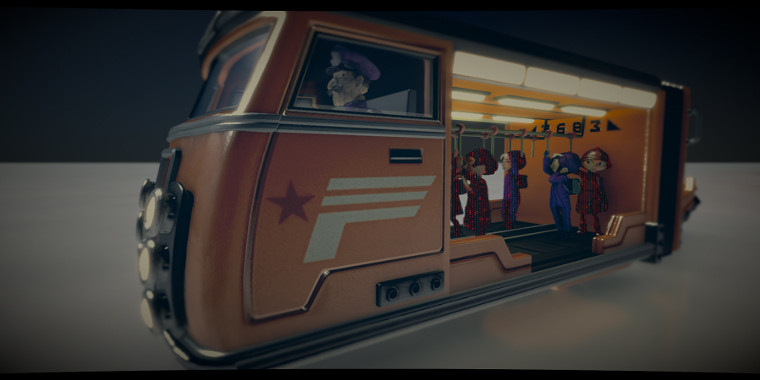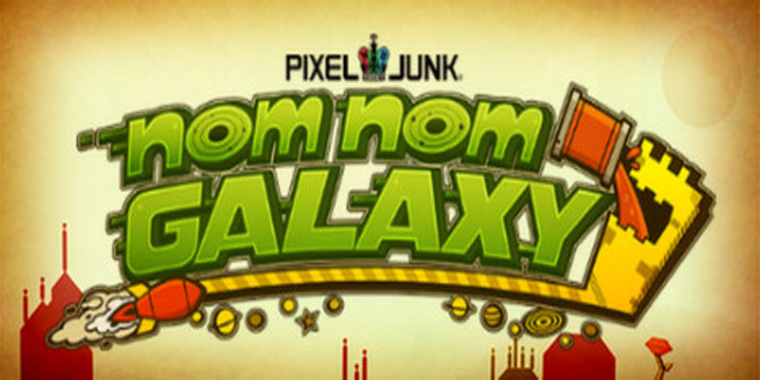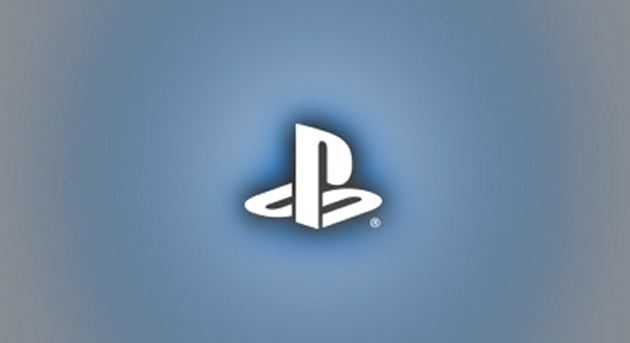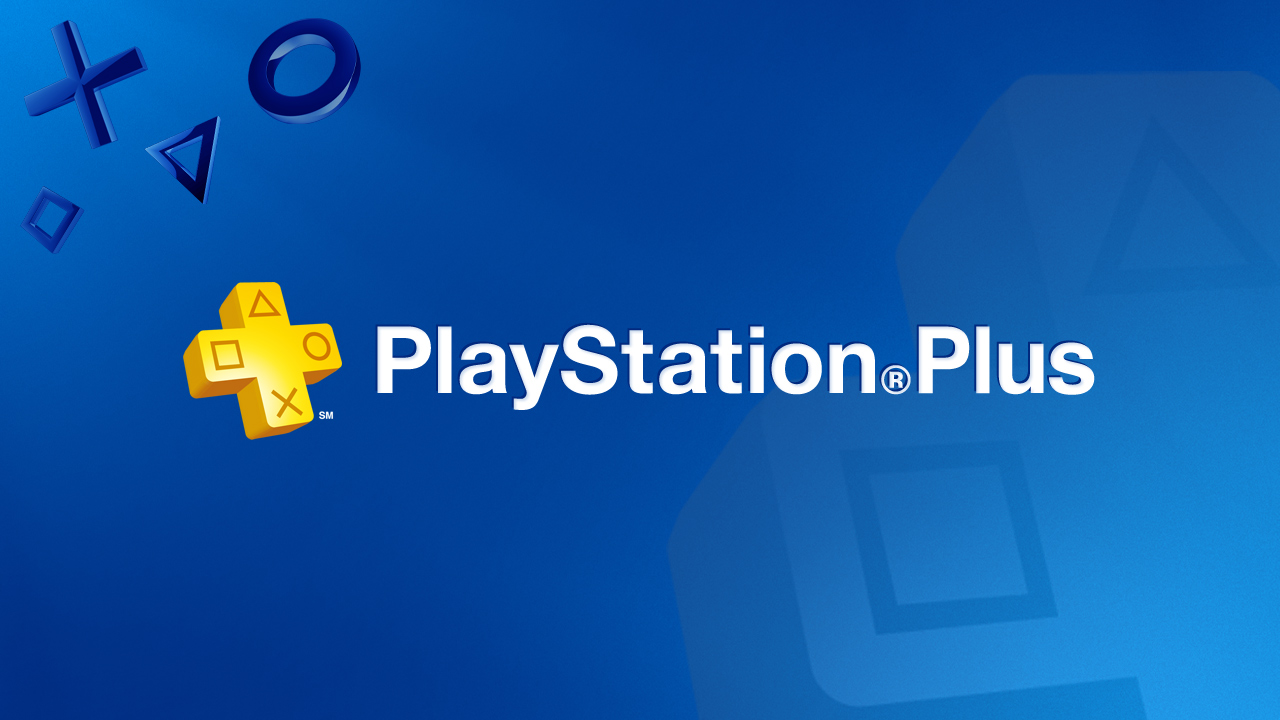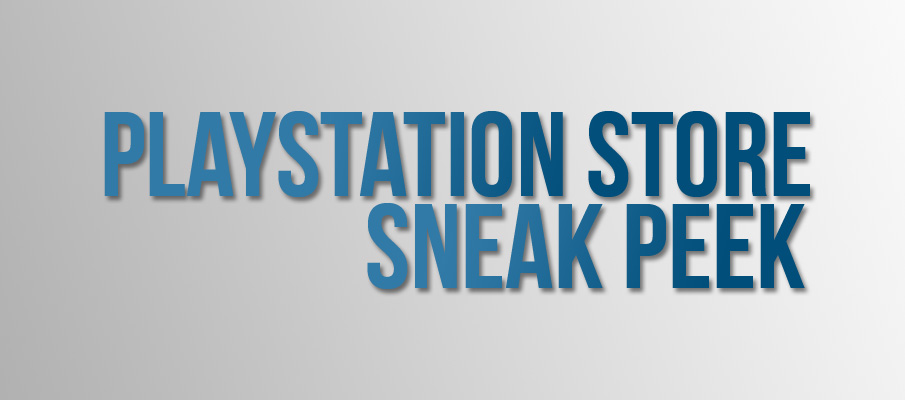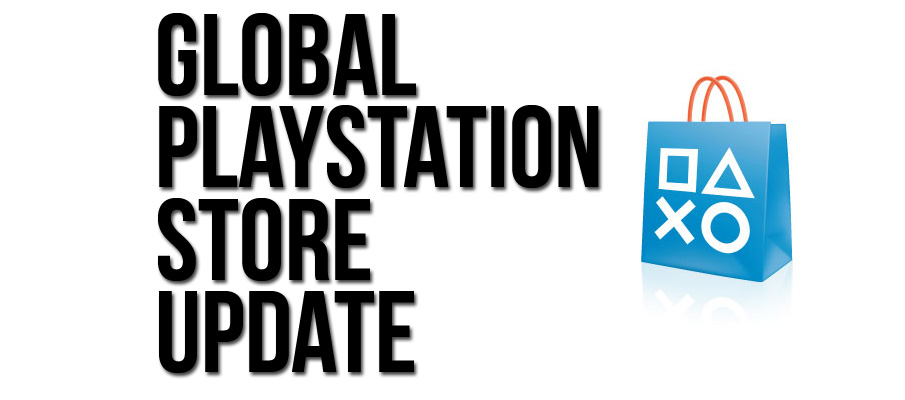
From Lifelike to 4am – The Evolution Of PixelJunk 4am
Posted by Chris K on February 14th, 2012 | 1 Comment | Tags: Interview , PixelJunk , PixelJunk 4am , PixelJunk Lifelike , Q-Games
Q-Games is known to experiment a little when making a game. If you aren’t familiar with their work, Q-Games have been producing some of the best and most well received games on the PlayStation Network. Coming off their latest game PixelJunk™ Sidescroller, the team is once again working with DJ and music producer Baiyon who collaborated with them on PixelJunk™ Eden. With the new title, PixelJunk™ 4am, the team is looking to do something that hasn’t been tried on PSN before.
Chris Kuspis, Editor-in-Chief – PSNStores: Where did the idea for PixelJunk™ 4am come from… Was it Baiyon coming to Q-Games with an idea or the other way around?
Rowan Parker, Lead Designer – PixelJunk™ 4am : For a long time as an extension of PixelJunk™ Eden, Baiyon and Dylan had an idea to evolve it and take it somewhere new using the analogy of a living audio speaker. Baiyon had the idea of turning it into this natural living entity; a sort of pulse that reacted to your music. That’s where the original idea came from, keeping it still connected with Eden. PixelJunk™ Lifelike was a good name for it then, containing the natural imagery.
Chris: Yeah, I remember the first trailer was shot in the woods or something.
Rowan: Yeah, that was very Eden inspired. From there, it’s been evolving and growing. 4am has kinda become its own thing now which has little to do with Eden. Which is why we felt the need to rediscover it as 4am.
Chris: Did you originally plan to use the Move controller with the game?
Rowan: I think some of the earlier ideas were more focused on it being passive interaction or passive art as opposed to interactive art. And the more we were playing with it, the more empowered we wanted to make the player. Then we brought the Move in, I started tweaking with it and we realized how powerful it was. I remember when I first opened up the SDK and had a look at all the available parameters, I thought to myself… “Every single Move game I can think of at the moment isn’t making the most of this thing. With all of this stuff available why does everyone keep making Wii games with this device?!”
Chris: (laughs)
Rowan: So we kind of had the idea of, “Let’s make this as crazy as possible from the start and then dial it back later. Rather than, start off bland and try to make it interesting later.” So we just did everything with the Move, attaching all sort sounds and parameters to different axes. From there, we worked it into something that was more manageable but still crazy fun. That was when we were like, “We should totally do this with the Move because no-one has done anything like it.”
Chris: Have you ever used a KORG Kaoss Pad, because 4AM reminds me a lot of one of those?
Rowan: Ah yes, I think at work one of the producers has a KORG under his desk.  Actually a lot of people at work are really into hobby sound production and sound manipulation with effects. So yea we’ve done a lot of research with Kaoss pads, Abelton and similar stuff professional DJs are using. You could think of 4am kind of like a kaoss pad but instead of just 2 dimensions, you have 3 plus 1 rotational and the gyro plus accelerometer inside the Move. Then we use position in space on top of all that to make a really big complex Kaoss pad. We’ve take a lot of inspiration from Baiyon too. He will come to us and say, “Hey, this is what I’m using, this is what a lot of people are using, this is the current industry standard.” We’ve actually taken a few trips to his studio in his home. Just so we can sit, listen and watch him in his studio. I enjoy watching him DJ and that is what I’m trying to capture, that essence of what I see him doing in his sets. I’m trying to bottle it into what we want the player to be doing with the Move. So yes, there is a lot of research into what is currently being used out there in terms of software and hardware. We are taking a lot of inspiration from that.
Actually a lot of people at work are really into hobby sound production and sound manipulation with effects. So yea we’ve done a lot of research with Kaoss pads, Abelton and similar stuff professional DJs are using. You could think of 4am kind of like a kaoss pad but instead of just 2 dimensions, you have 3 plus 1 rotational and the gyro plus accelerometer inside the Move. Then we use position in space on top of all that to make a really big complex Kaoss pad. We’ve take a lot of inspiration from Baiyon too. He will come to us and say, “Hey, this is what I’m using, this is what a lot of people are using, this is the current industry standard.” We’ve actually taken a few trips to his studio in his home. Just so we can sit, listen and watch him in his studio. I enjoy watching him DJ and that is what I’m trying to capture, that essence of what I see him doing in his sets. I’m trying to bottle it into what we want the player to be doing with the Move. So yes, there is a lot of research into what is currently being used out there in terms of software and hardware. We are taking a lot of inspiration from that.
Chris: That kind of goes into my next question. I think it was Dylan at E3 2011 that best described the game as painting with music. Could you explain that a little.
Rowan: That analogy of ‘painting with music’ has become more and more applicable with time now. The main reason being that the dual concepts of a palette and the canvas both existing physically in space. You have a 3D space carved out in front of you which we call the Virtual Audio Canvas. It’s literally what you are painting onto. And instead of being a little board with your paint colors on it, the palette surrounds the canvas and has all of the music living in it. The music actually exists in space. We use the Move position relative to the camera and we are actually carving out little spaces of air around the canvas where the music lives. So when you touch them with the Move you actually feel it react to them in space. This is how you know where they are.
Chris: Ah okay.
Rowan: So when you feel them react, you can grab them with the trigger. You actually pull them out of the air out and paint them into the central part of the canvas. It literally is a palette of sound instead of color. All of this has been crafted invisibly in 3D space. It’s not really AR (augmented reality) it’s more like VR (virtual reality) music creation. You don’t see it, but you feel it in your hand directly reacting and vibrating. I think the painting with music analogy is pretty apt now.
Chris: There are different visualizers in the game, I know we saw the amoeba like one at E3 2011. There was that hair or fibrous one shown at Texas. Does the music affect the visualizer or is it the other way around?
Rowan: The important thing to remember is that the player crafts sound. The player’s entire focus is to create music, create a track. That sound is then directly input into the visuals.  The visuals are generated purely off sound and music. There is no direct control of the visuals from the motions of the player. So the visuals are something emergent and natural which happens as a result of the music that the player makes. The visuals react very subtlety to what the player is doing. We use FFT (Fast Fourier Transform) to analyze the frequency of all the music in real time using the SPUs on the PS3. Our analysis happens after DSP (digital sound processing) effects have been applied so that any little subtle changes or augmentations the player puts onto the music is read by the FFT and feeds through into visual difference. It is kind of a one way chain where the player creates music, then the music creates the visuals.
The visuals are generated purely off sound and music. There is no direct control of the visuals from the motions of the player. So the visuals are something emergent and natural which happens as a result of the music that the player makes. The visuals react very subtlety to what the player is doing. We use FFT (Fast Fourier Transform) to analyze the frequency of all the music in real time using the SPUs on the PS3. Our analysis happens after DSP (digital sound processing) effects have been applied so that any little subtle changes or augmentations the player puts onto the music is read by the FFT and feeds through into visual difference. It is kind of a one way chain where the player creates music, then the music creates the visuals.
Chris: Another question about that, are the visualizers each considered separate “levels” or can you switch them on the fly?
Rowan: Yeah totally.
Chris: Oh cool.
Rowan: The idea is that each event has a selection of songs available in it, and you can change between songs on the fly. We describe it as that moment where the DJ is in his booth, turns around and starts going through his records.
Chris: Ah, okay.
Rowan: Behind him he is looking for the next song. However we want to try and remove that element of searching. So you already have your songs lined up, but keep that element of a DJ swapping to their next record. When you change the song though, you still have a little bit of that previous song left over. So there is a moment when the backend of your last song and the frontend of your next song sort of blend together in the middle of your set. You can weave through from the previous song to the next one. Even though there are 32 samples per song (not including DSP effects and dubbing), we wanted to get that moment with real DJs where the ends of their songs touch and cross over briefly. You know when you can hear the difference between nice and nicer DJs who successfully cover that bit up or blend in into another song.
Chris: So we have gone over how the Move rumbles when you are picking samples, but what about the orb. Does the color change when using DSP effects? How do you know which effect you are using?
Rowan: The color of the Move represents the track channel or ‘instrument’ you are playing with. There is a Drum, Bass, Rhythm and Synth track. Those four tracks are split and the color of the sphere will let you know which one you have selected. If you have blue selected, your whole canvas and palette around you is affecting the Drum line. If you switch to red, that changes the whole palette and canvas around you to edit the Rhythm line. Any DSP effects that you apply while you have red selected will only be applied to red. DSP effects are independent of the track you’re applying them to and you can reset them at any time.
Chris: Is there still the two player aspect of the game or did you get rid of that?
Rowan: No, no totally. Two player is awesome.
Chris: Can you do one person with two Moves?
Rowan: If you’re a pro… yeah.
Chris: (laughs)
Rowan: The idea of two DJs jamming at the same time on the same track is something I guess we rarely see. What we actually do when you calibrate is carve out 2 canvases right next to each other (obviously we don’t want the two of you clashing).  If you are standing side by side you can craft two canvases into the air and the controls are exactly the same as single player. You are still editing the song together, your friend could be doing the Drum while you’re messing with DSP effects on the Synth or something. We’ve brought in 2 player specific gameplay as well. When you bring the two Move spheres together you can get a warping effect over the whole song, a global effect. Think of it like lightsabers being brought together.
If you are standing side by side you can craft two canvases into the air and the controls are exactly the same as single player. You are still editing the song together, your friend could be doing the Drum while you’re messing with DSP effects on the Synth or something. We’ve brought in 2 player specific gameplay as well. When you bring the two Move spheres together you can get a warping effect over the whole song, a global effect. Think of it like lightsabers being brought together.
Chris: The game may seem very abstract to some users, will there be a tutorial to show them the ropes?
Rowan: Yes there is. We gradually introduce the core gameplay elements which you would need to make a good song. You can learn in a simplified environment step by step and just play around. We start with simple elements and eventually let you know all of the advanced controls whenever you’re ready.
Chris: Is Baiyon the only musician producing tracks for the game or has he contacted his DJ friends to collaborate with?
Rowan: At the moment the music is all exclusively Baiyon, so 4am is only his music. He has incorporated a lot of Eden influenced songs, but as he has been making music for us his style is also evolving as he associates with the project in different ways over time. The type of music he is making is going on this journey at the same time too. It’s kind of cool to see the difference from the tracks he was originally giving us, as they are subtly different from the ones we’ve been hearing recently.
Chris: Another big part of the game is the audience aspect, where people can tune into different performances that are going on. Will there be a separate app that people can download to listen in?
Rowan: Yes, there will be a FREE Viewer available for download on PSN. Then there is the regular full version of 4am which lets you perform, broadcast live and do everything. The free Viewer won’t require a Move controller and since it is free, anyone can download and start streaming anyone who is playing 4AM whenever they want. And not just watch, but provide feedback similar to a Facebook ‘like’. You could almost use it as a free PSN radio station. Just let it seek and find a random person playing live. Leave it running in the background at parties or something. I mean it’s free and has these awesome looking visualizers and music on it. We haven’t really seen anyone else try this on the PlayStation Network. People using the free version can upgrade at any time to the full version and join in the music broadcasting.
Chris: With previous PixelJunk™ games you were able to record your sessions. With 4am are you going to keep the focus on live performances or will there be the option to save or upload your work?
Rowan: We are pushing the live aspect. As you mentioned all of the other PixelJunk™ games offer Youtube recording functionality, but we won’t be including it in 4am. We want viewers to know that each performance they are seeing is a real live event (you can even see their country and local time).
Chris: How long do you expect gameplay sessions to last?
Rowan: Well whenever we play at work people play for usually 1hr plus. It’s a very progressive music style. Baiyon has a style that is very unique and minimal. It’s not like the hard hitting trance or dance scenes, seeking to immediately please the listener. This minimal style builds over a long period of time with subtle changes. I think sets will naturally trend towards being quite long. Most people don’t even realize when they’ve been playing for an hour.
Chris: Yea it seems like the kind of thing where you will just get lost in the moment.
Rowan: That is exactly what we’re aiming for though. That is the whole atmosphere of it being deep in the night and 4am. It’s just that really deep, chill-out sort of feeling we’re going for. Whether it’s guys at work, or the media, particularly at Fantastic Fest in Texas, people would be playing and getting caught up in it. I would have to politely kick them off as there was a line forming of people wanting to check it out. You really don’t even notice time slipping by while you are playing it.
Chris: Was it hard to fit all the wrapping of a game into a title like this? It seems like having a title menu or options screen would take away from the experience you are taking to create.
Rowan: We are avoiding that elegantly I think. You are right, putting in things like a pause menu or a title screen could break the immersion.
Chris: Even trophy pop-ups and stuff like that seems like it would break it.
Rowan: It could break the aesthetic of it in general, but we are extremely aware of that. Baiyon is also very conscientious about it. He doesn’t want to break this aesthetic we’ve gone so far to build.
Chris: Would you consider this a music game?
Rowan: In terms of a music game, this is NOT a Bemani game.  This is not Dance Dance Revolution or Beatmania. In a music game, the game tells the player what to do. In 4am, the player tells the game what to do. So in a sense 4am is less like a game and more like an instrument. It’s an instrument that produces more beautiful sounding songs and tracks the more skill a player gains. And even if they are not so good to start, the game has a lot of quantizing and support to keep you sounding good.
This is not Dance Dance Revolution or Beatmania. In a music game, the game tells the player what to do. In 4am, the player tells the game what to do. So in a sense 4am is less like a game and more like an instrument. It’s an instrument that produces more beautiful sounding songs and tracks the more skill a player gains. And even if they are not so good to start, the game has a lot of quantizing and support to keep you sounding good.
Chris: (laughs)
Rowan: We use a lot of syncing to make sure moves are always in time with a beat. But yes, definitely a departure from the orthodox music genre.
Chris: Finally is there anything you would like to let our readers know that I haven’t touched on?
Rowan: If you are on PSN, you really don’t have much of an excuse not to download PixelJunk™ 4am. It’s your own personal live stream of cool music and visualizers from around the world, streaming right into your room or party that you can cheer on.
If you own a Move, you have no excuse not to buy what is basically the most experimental Move game out there. Back in Texas we had people coming up to us saying, “So I have a Move and haven’t been using it much lately. But this actually makes me want to use it again.” It’s not the fault of the hardware at all, it’s always had potential right there from the start. It hasn’t changed. Simply no-one has tapped into it the way we have. Maybe it’s because we’re a small studio and can take more risks, but that’s part of the joy of being indie and working at Q-Games. I’m just really excited to give this to people who have these prebuilt expectations of what a Move game and music game should be like. Then have both of those expectations be blown away. It’s unlike anything else out there.
Chris: Thanks for taking the time to answer our questions.
Rowan: No problem.

